Easter Island, also known as Rapa Nui, is a remote volcanic island in the southeastern Pacific Ocean. It’s famous for its mysterious Moai statues and unique cultural history. This post reveals ten fascinating facts about this enigmatic destination that everyone should know.
1. Location and Size
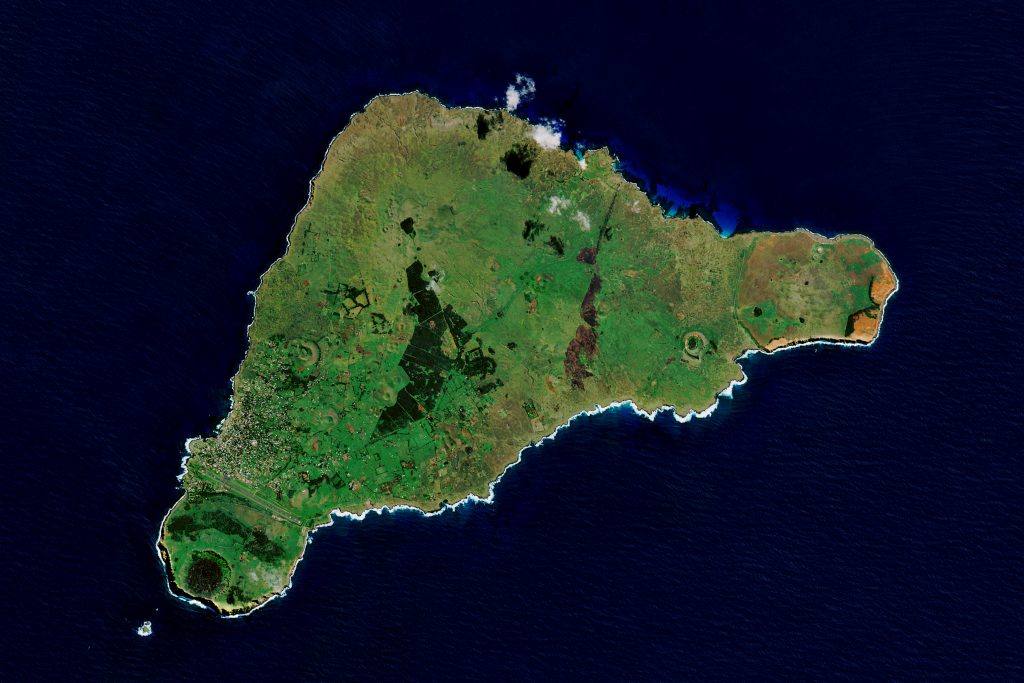
Easter Island lies over 2,000 miles off the coast of Chile, making it one of the most isolated inhabited islands. It’s approximately 64 square miles in size, with an irregular coastline stretching about 44 miles.
2. Polynesian Origins
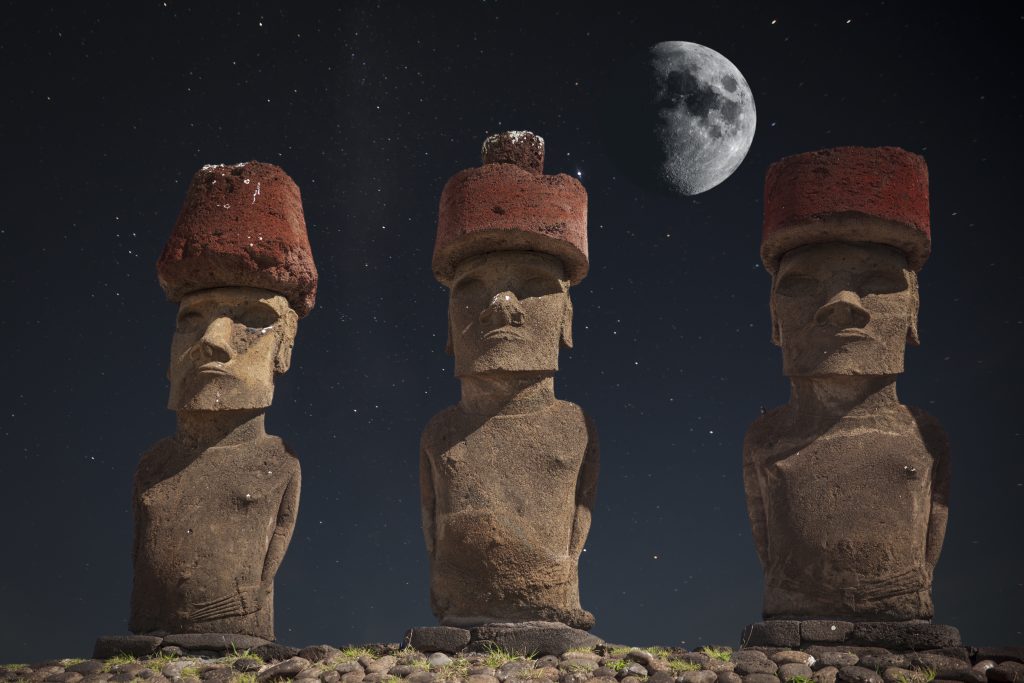
Polynesians first settled on Easter Island around 1200 AD. Their descendants, the Rapa Nui people, continue to preserve their vibrant culture and traditions on the island today.
3. Moai Statues
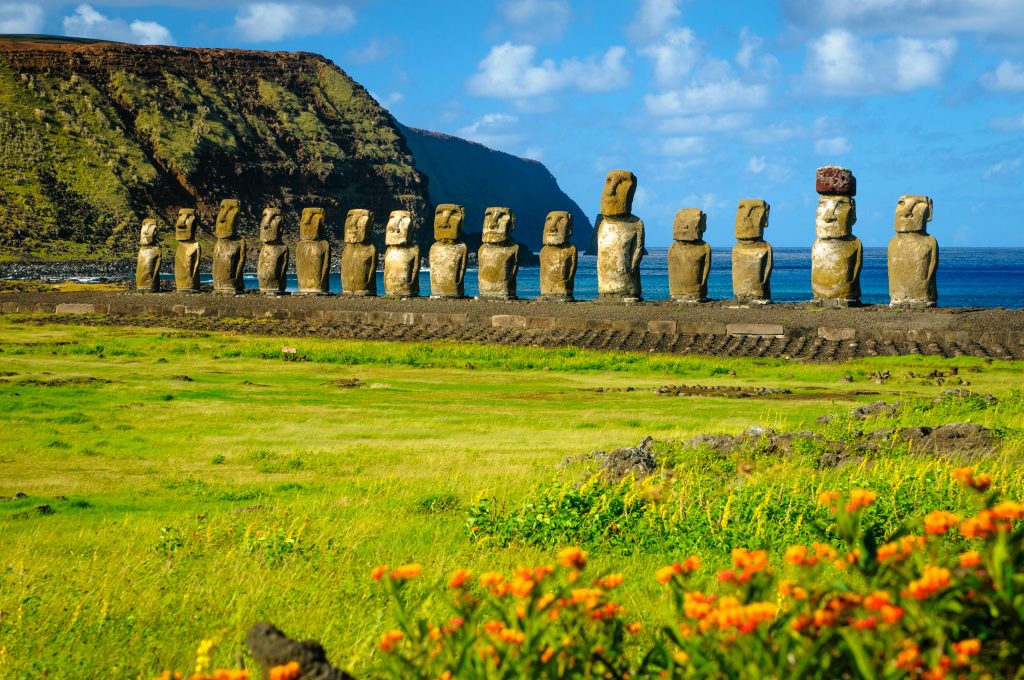
Over 900 monumental Moai statues, carved from volcanic rock, are scattered throughout Easter Island. These impressive statues range in height from 4 feet to 33 feet and represent ancestral figures.
4. Moai Construction
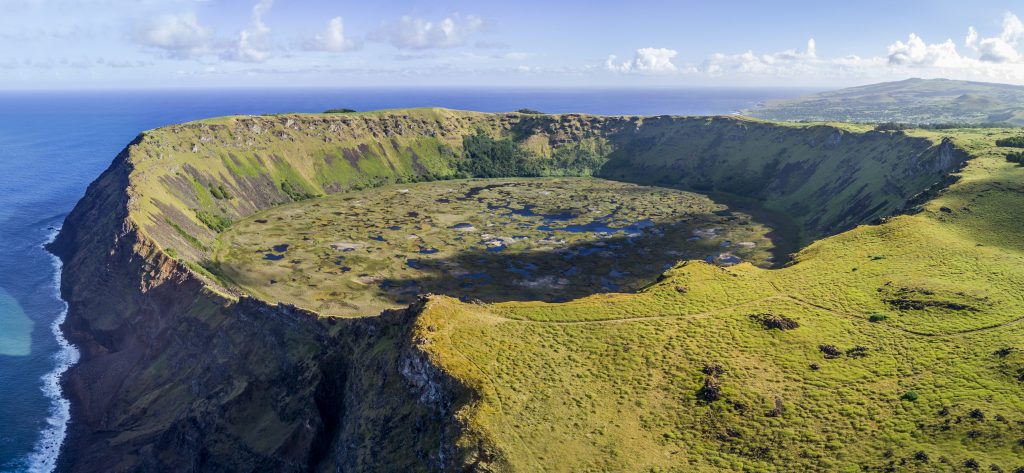
The Moai were created using volcanic rock from the Rano Raraku quarry. Experts believe they were transported to their current locations using wooden sleds and ropes, a remarkable feat of engineering.
5. Birdman Cult
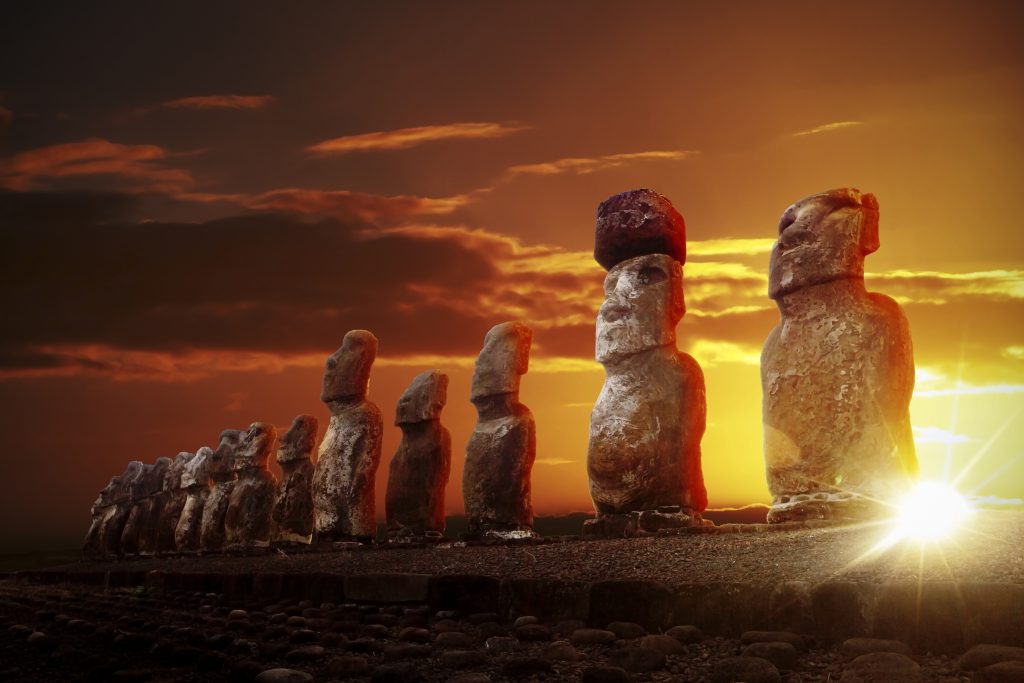
After the decline of the Moai culture, the Birdman Cult emerged around the 16th century. The annual Birdman competition involved retrieving the first sooty tern egg from a nearby islet, with the winner gaining prestige and power.
6. Deforestation
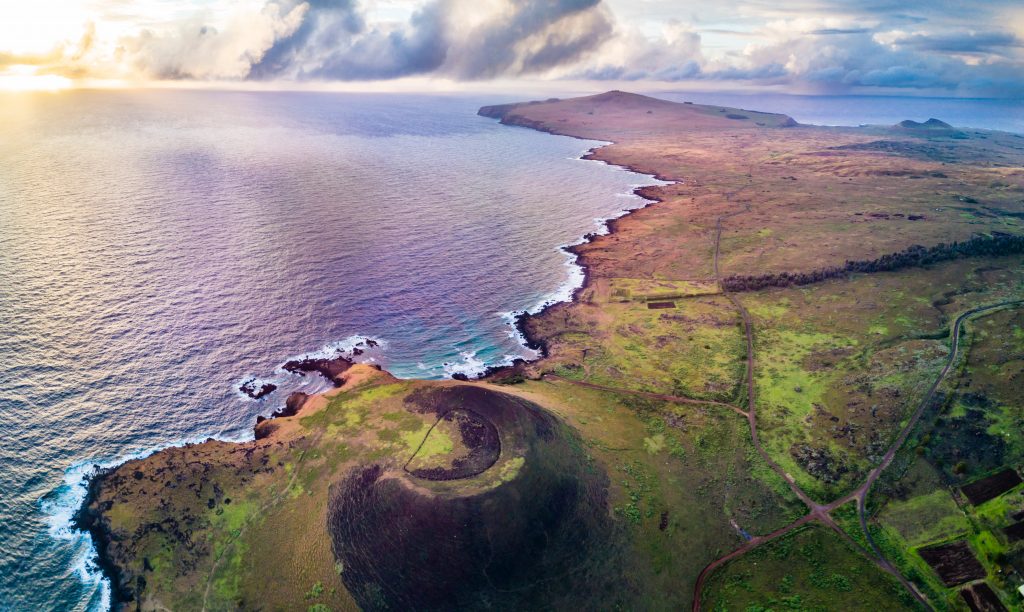
Easter Island experienced severe deforestation, likely due to the overuse of wood resources. The island’s palm forests were destroyed, contributing to the collapse of the Moai statue-building culture.
7. Population Decline

The island’s population drastically declined in the 19th century due to factors like disease, slave raids, and resource depletion. However, the Rapa Nui people persevered, and their population has since recovered.
8. UNESCO World Heritage Site
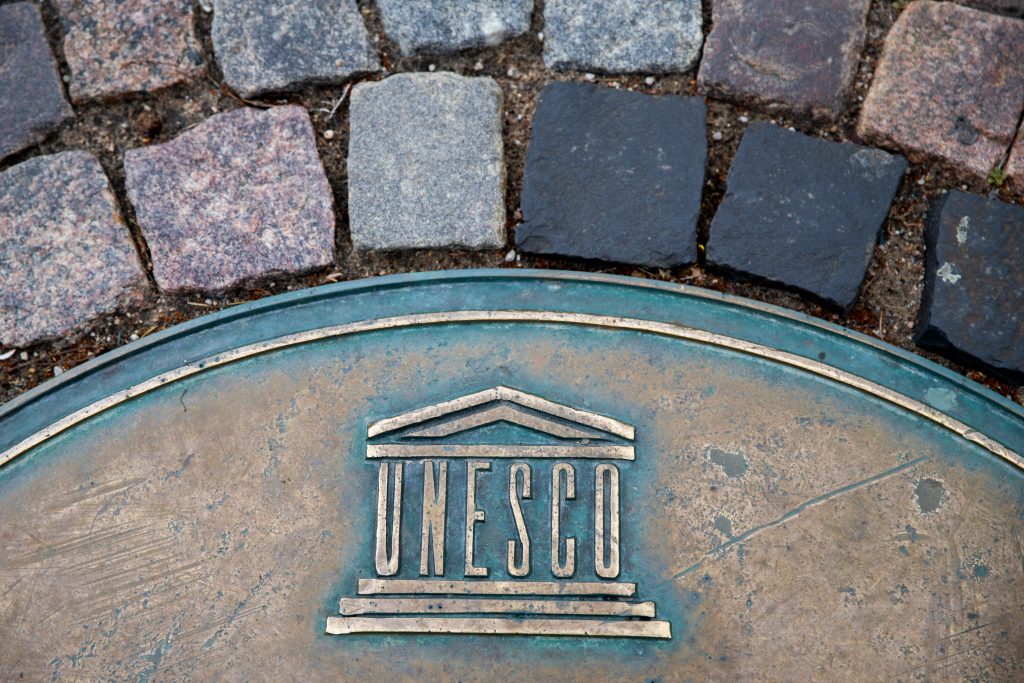
UNESCO designated Easter Island’s Rapa Nui National Park a World Heritage Site in 1995. This recognition helps protect and preserve the island’s unique cultural and natural treasures.
9. Indigenous Language
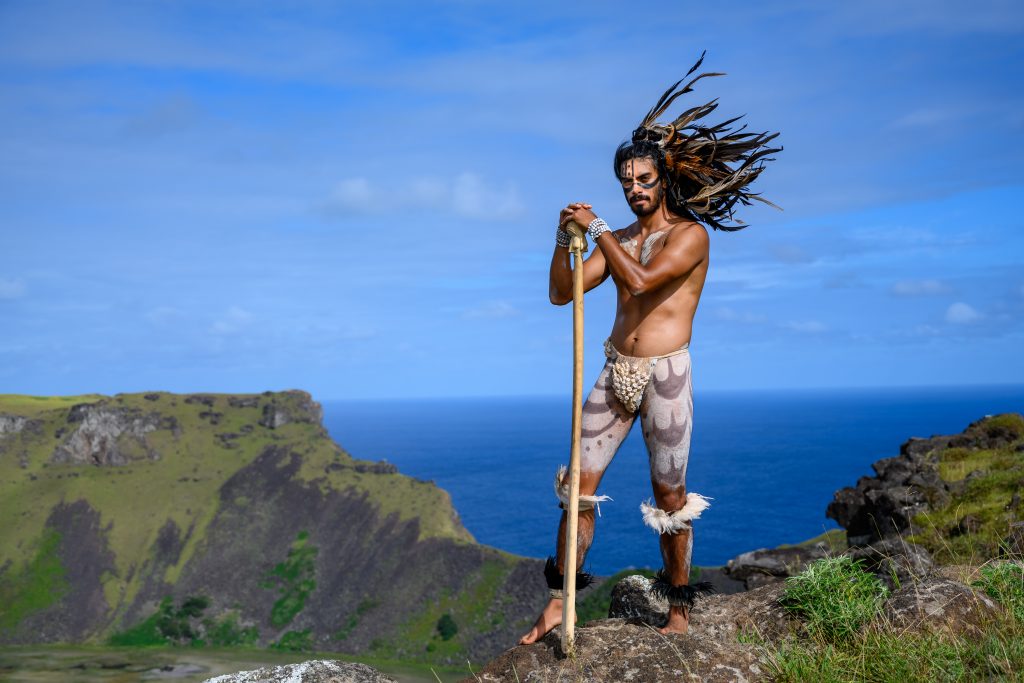
The Rapa Nui people speak their native language, Rapa Nui, alongside Spanish, the official language of Chile. Efforts are ongoing to promote and preserve the Rapa Nui language.
10. Tourism
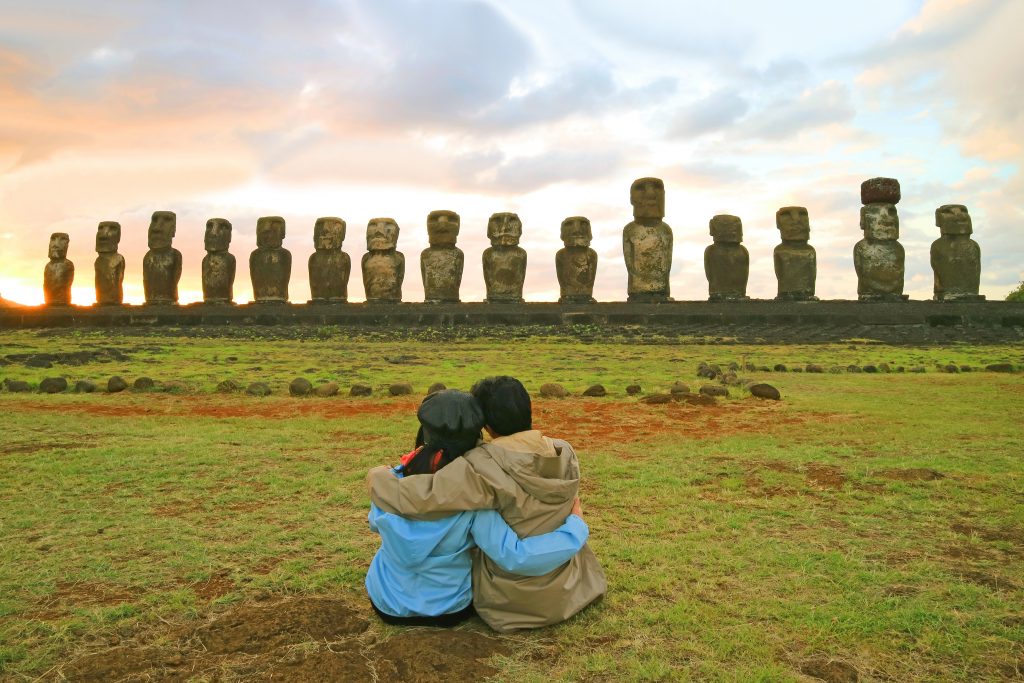
Easter Island’s intriguing history and enigmatic Moai statues make it a popular tourist destination. Sustainable tourism practices are encouraged to minimize the impact on this fragile island ecosystem.
In conclusion, Easter Island’s captivating history, iconic Moai statues, and rich cultural heritage make it a must-visit destination. By understanding these essential facts, visitors can appreciate the island’s unique wonders and support its preservation for future generations.